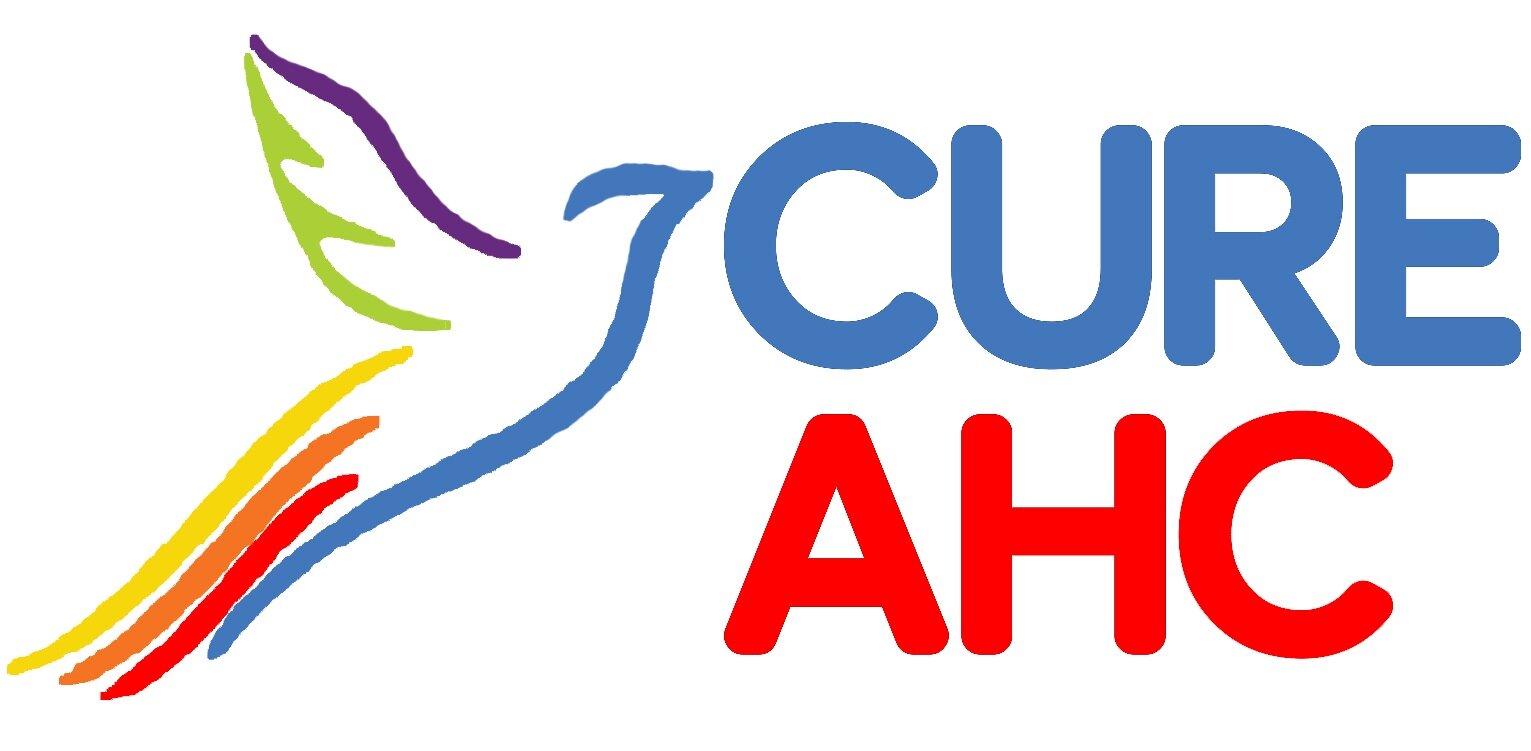What is AHC?
AHC stands for alternating hemiplegia of childhood. It is an ultra-rare neurological disease. Originally thought to be 1 in a million in incidence, recent research suggests that there may be upwards of 28,000 cases of AHC in the world. However, only about 1500 cases are currently known, which means there are likely THOUSANDS of undiagnosed cases we need to find.
By joining the Cure AHC Challenge you not only get us closer to a cure, but also help us find those undiagnosed cases.
Symptoms
Alternating hemiplegia of childhood is a neurological disease that causes temporary bouts of paralysis lasting up to days at a time and affecting one or more parts of the body, often alternating sites. Those suffering from AHC also have
Movement problems like Cerebral Palsy
Learning challenges like autism
Behavioral issues like ADHD
True Epilepsy in at least 50% of cases
There is a broad spectrum of severity ranging from children and adults who are wheelchair- bound, non-verbal, feeding tube dependent, with little to no cognitive development, to those who live semi-independent lives and participate to some degree in society. Most adults with AHC, however, do not live independently. We hope to change that. You may wish to view the AHC Documentary via the website HUMAN TIMEBOMBS.
What causes AHC?
The majority (approximately 80%) of cases of alternating hemiplegia of childhood are caused by a spontaneous (de novo) mutation in the gene ATP1a3 (meaning the mutation was not inherited from the parents, but rather happened at or shortly after conception). Researchers at Duke University discovered this genetic root cause of AHC in 2012. The discovery was partly the inspiration for the creation of Cure AHC in 2013.
The search for the root cause of AHC in those who do not have an identified mutation in ATP1a3 continues. There are a number of patients with AHC or AHC-like symptoms that have mutations in the gene ATP1a2, but researchers have yet to definitively name this gene as causative for AHC. Nevertheless, Cure AHC is actively funding research in ATP1a2 as well as ATP1a3 mutations. There are also several other potential candidate genetic root causes, and Cure AHC is also investing in research along these lines, in keeping with our mission to help ALL who suffer from AHC.
Prognosis
Alternating hemiplegia of childhood is not considered to be progressive in nature, nor life-shortening per se. However, quality of life for the vast majority of those suffering from AHC is generally not good. Some have lost their lives prematurely from complications of the disease (loss of ability to breathe, seizure, heart issues, injury from loss of motor control). Even 1 person dying because of issues related to alternating hemiplegia of childhood is 1 person too many!
Most do not live independently, depending on relatives or group home care as adults. There are a growing number of AHC Champions (as we call them because they triumph over the disease in so many ways) who are gaining more skills, and even some who are participating in “normal” adult scenarios (holding a job, getting married, writing a book, artistry), thanks in part to advances in technology, mobility, and treatment of symptoms. Cure AHC aims to improve quality of life for all who suffer from AHC , as we press on to the ultimate goal of the cure.




